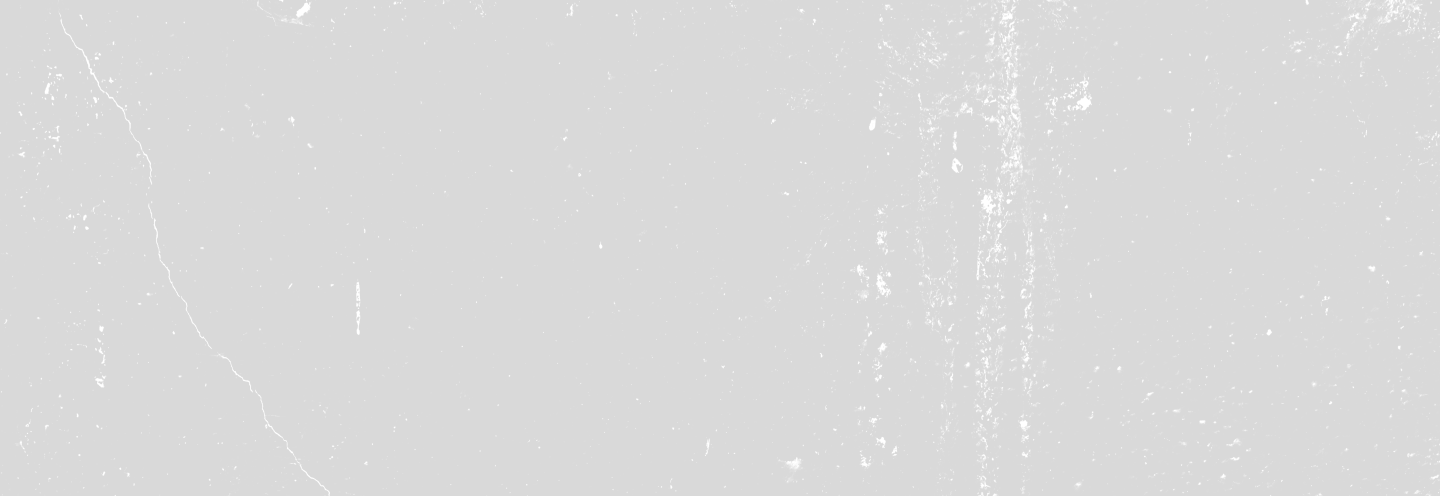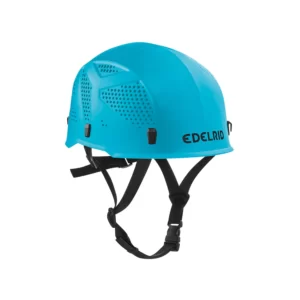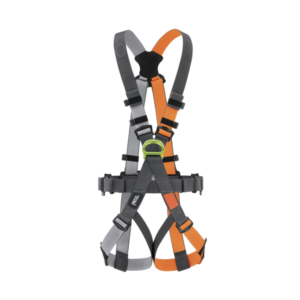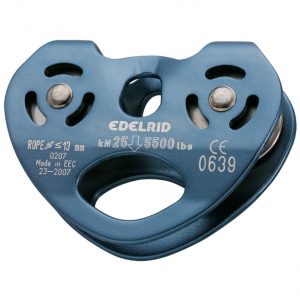Multipoint Flying Fox Pulley
$499.99
SafetyLink’s Multi Point Pulley is designed for use with high ropes activities eg. flying foxes and horizontal belay systems. Contact us for an industrial quote for adventure parks, centres and camps.
Add to quote
- Multiple attachment points, for securing back ups and lowering off systems.
- Suitable for cable and rope between 8 – 12mm in diameter.
- Premium quality high speed sealed bearings.
- Innovative drop resist hooks prevent the pulley from leaving the cable should it be dropped during install or removal.
- Low wear stainless steel wheels to minimise cable damage and deposits.
- Stainless steel body and wheels.
- Marked with individual serial number and batch numbered.
- Independently tested by a NATA test facility to meet international standards for pulleys DIN EN 12278 (2007-08).
- Complies with Australian Standard 1891.2 fall arrest systems and devices.
SAFETYLINK MULTI POINT FLYING FOX PULLEY
SafetyLinks Multi Point Pulley is designed for use with high ropes activities. Examples being flying foxes and horizontal belay systems.
INSTALLING OF MULTI POINT FLYING FOX PULLEY
READ ALL OF THESE INSTRUCTIONS PRIOR TO INSTALLATION, SOMEONES LIFE MAY DEPEND ON IT.
MULTI POINT PULLEY SHOULD ONLY BE INSTALLED BY A COMPETENT PERSON.
MULTI POINT PULLEY SHOULD BE INSPECTED REGULARLY FOR DAMAGE, BY A COMPETENT
PERSON AND REPLACED/REMOVED FROM SERVICE IF DAMAGE IS SUSPECTED.
Whilst in a safe work position install the MULTI POINT PULLEY on to a suitable cable/rope. It must remain free from entanglement with users or equipment at all times.
1. Ensure that the rope/cable used is of the correct diameter and is rated for the intended purpose.
2. The pulleys ram block should be located on the leading edge if the pulley is to be used with a flying fox with a brake system. This will help prevent damage to the pulley and the brake system.
3. The centre attachment hole is the primary loading point. This will ensure that weight is distributed evenly and let the pulley run smooth.
4. The front and rear attachment holes can be used for a safety back up lanyard and lower off system.
5. Always use suitably rated connectors such as karabiners, quicklinks or similar when attaching to the pulley.
6. The connector used at each individual attachment point must be of a wide enough nature as to allow the pulley side plates to be loaded evenly.
7. At each attachment point the connector must be attached to both pulley side plates.
We recommend regular inspections for wear/damage and rotation of the pulley to aid in maximum lifespan.
As each pulley installation and user has different duty cycles it is recommended that an inspection should take place prior to each days use. A logged inspection should also be undertaken every six (6) months.
Inspections should include checks for:
a) Excessive sideways movement in the pulley wheels, this will indicate that the bearings may require replacement (Note: a small amount of movement will be present from new, this allows for expansion with heat).
b) Sharp edges forming on the side plates, this indicates that the cable/rope maybe of the wrong diameter or the pulley has been loaded off centre.
c) Ensure that the axle bolt has not come loose. This is secured with a chemical lock.
d) Stretching or cracking of the stainless steel side plates. This may take place around the axle bolt or attachment holes.
e) If any of the above is noticed during routine inspections then the pulley should be removed from service immediately. The pulley may only be returned to service once repairs are made by an authorised SafetyLink repairer.









